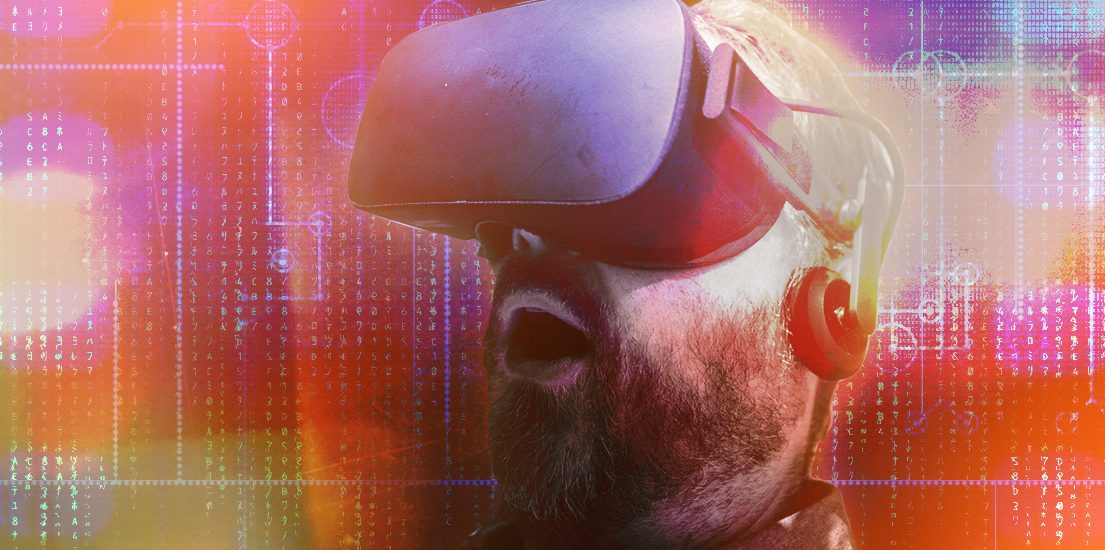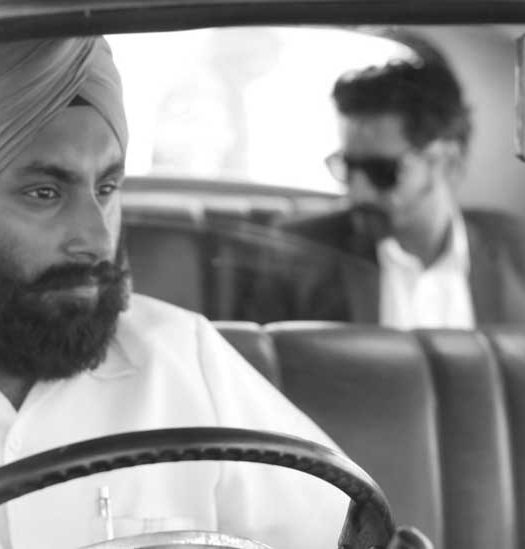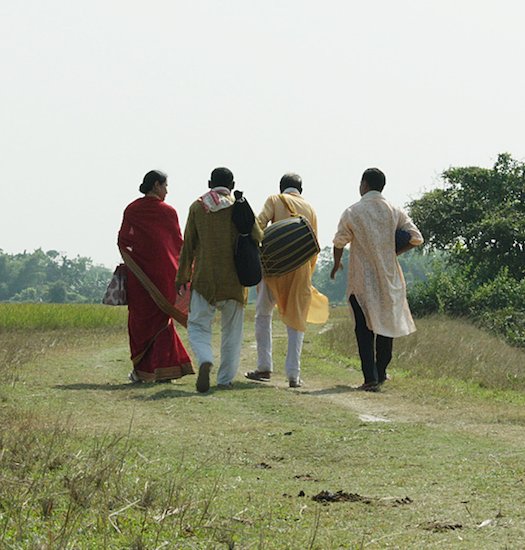Virtual Reality is an absolute immersive experience: Karan Butani
Filmmaking in its flow is primarily Audio-Visual. But there has been a constant influx of tributaries trying to stimulate other sensory lobes. To cite example, remember those 5D film shows in major malls of the country? Those films had a very basic story with conscious inclusion of elements, which if supported with the 5D technology would be an experience for its audience. With the coming of 3D feature films, manufacturing of specialized equipment for the same, the makers have been developing medium specific scripts to keep pace with ever-growing technology. Thus, technological development has been an off-road to this otherwise set path of story telling.
Ad-films being the younger kin of the former have always followed suit or at times, functioned as a predecessor. Like the doors of advertising are being knocked again.
Knock, Knock!
Who’s there?
It’s Virtual Reality.
Virtual Reality, who?
Virtual Reality is an absolute immersive experience that makes storytelling extremely personal. It is going to be the new medium of storytelling, with big giants having already placed their bets on it. In VR, the audience is a part of the drama versus simply a viewer. Its market is expected to explode to 200 billion USD in the next five years. Though it’s still a very new space, and nobody can claim to know everything about VR, but that’s exactly the most exciting part, because the possibilities are limitless whether it is filmmaking, educational content, journalism, or simply story-driven advertising. India has a long way to go when it comes to quality content but digital is slowly changing the game.
And then there is The Rumor Projects Worldwide Pvt. Ltd or TRP, a Virtual Reality Storey house based out of Mumbai which is currently filling the gap of content creation in a soon to be booming, predominantly hardware heavy Virtual Reality Market.
TRP was started in 2015, by Kritika Kumar and Karan Butani for designing their own VR shooting technology because of the lack of affordable and accessible options available not only in India, but worldwide as well. Both content makers, Kumar graduated from Indiana University Bloomington with a specialisation in Journalism and Multimedia storytelling while Butani was Tigmanshu Dhulia’s associate director for five years on films such as Paan Singh Tomar, Saheb Biwi aur Gangster and Saheb Biwi aur Gangster Returns. His first feature film starring Jimmy Shergill, Kay Kay Menon and Shriya Saran is scheduled to release early next year.
Pandolin spoke to Karan Butani to discover the ‘realities’ of this new medium, it’s scope in the future and how we need to build our own technology and make it economical to be able to monetise this medium to it’s fullest.
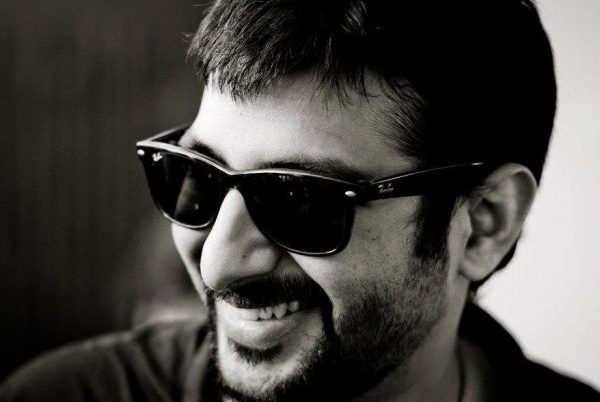
Karan Butani
At Cannes, Steven Spielberg said that VR might offer audiences too many choices thus leading them to forget the story that the director and writer imagined. There are tricky mechanics involved in Virtual Reality productions. Won’t it be difficult for classically trained makers to make the transition to virtual reality?
Imagine being a part of the story, having the freedom as a filmmaker to be able to take your audience anywhere, making them turn to meet a new character or travel to another world with one. That is the beauty of a VR film. Spielberg’s fear is limited to a comparison between the way we have consumed stories and the way VR would bring a new kind of storytelling. VR is not a threat to cinema. It is a new medium, a new experience, exactly how 3D was when it came or digital storytelling is now. Audiences can only get lost in the VR space if not guided well or in the right direction, and that is going to be the calling of a good VR filmmaker. It’s going to make storytelling that much more interesting and challenging.
Whenever we meet new technology, it’s only more exciting. Cinema has evolved dramatically with the growth of technology and a lot of classically trained filmmakers have evolved with it. It’s only about re-inventing and re-learning this new grammar. We don’t think anything is difficult for a good storyteller.
VR is going to make storytelling that much more interesting and challenging
Writers can write different narratives for a single story. This will help ad makers to create multiple scripts for a single product. Comment.
Campaigns classically have functioned like that. An underlying theme/campaign idea/brand concept encompassing the brands essence, as you may call it, and then a series of films under that. There are films that show different aspects of a brand through different films and then there are different stories that show the same thing differently.
For example, the famous “dirt is good” campaign by Surf was a global hit, with a series of really good films under it all over the world. Even in India, the Indian adaptation of the same “daag acche hain” saw some of the best written films. The first film with the little boy beating up a pothole his friend falls in and gets hurt or the most recent one where 3 little friends help an old man sell his fruits cause his kart is stuck, are some of the best written advertising stories. This campaign saw different stories bringing the same thought or message forward, yet, each film had a deep connect.
Virtual reality is a new medium for storytellers where such stories can be a lot more fun if explored by brands correctly without limitations. If a writer limits himself on concept then VR will never see its growth. Writers and ad makers should deal with VR as freely and openly as any other medium and let that medium of storytelling flourish naturally.
Advertising has always been about making it an experience where the consumer can feel the brand, understand the brand and make it their own
Virtual Reality permits more active participation from the audience making him a character or even co-director of the story. Instead of simply telling a story, it gives you an experience. How can brands and ad makers use this to market their products?
Advertising has always been about making it ‘personal’. Making it an experience where the consumer can feel the brand, understand the brand and make it their own. What better way than VR for that? Virtual reality apart from being an immersive experience is also an extremely personal one. Like you said, it permits active participation and hence allows brands and ad makers to let the audience interact with their products first hand and make it personal and own it.
READ: TVCS ARE COMMERCIALLY ACTIVE WHILE SHORT AD FILMS ARE CREATIVELY ACTIVE
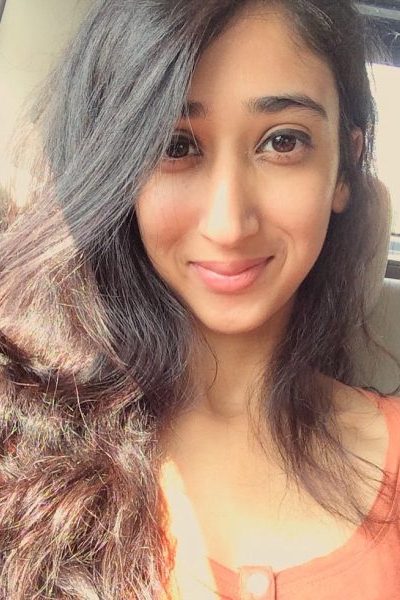
Kritika Kumar
How do you plan to tackle the offset cost of VR reality filmmaking equipment?
The Rumor Projects has seen its growth to what it is today precisely for this reason. We wanted to do a 3D VR travel show a year back, for which we were looking at buying technology to shoot. While exploring we realised we couldn’t find anything that was perfect and economical. Everything was extremely highly priced and yet in beta stages. That was the point we decided that we need to build our own technology and make it economical to be able to monetise this medium. We are not technology makers, we are storytellers. We made our technology to tell our stories and that’s what we are in this business for.
As a society, we have become a very virtual/digital/social media dependent society anyways
Wearing VR headsets for watching a story isolates audience from each other. People even calling it an anti-social medium. Do you think its approach is limited to certain products and brands only?
As a society, we have become a very virtual/digital/social media dependent society anyways. We know more about our friends through Facebook than in person. Isn’t cinema an isolation as well? Though you are sitting in a theatre with 300 people, you’re still having a personal experience, aren’t you? This only makes it more immersive. How you personally enjoy a movie or what you take out of it is always different from another individuals experience and it is extremely personal as well. VR isn’t changing much there. It is only adding to that experience and making storytelling and the virtual world more interesting.
Hindi cinema recently explored VR possibility in the thriller Phobia. Do you plan to integrate VR into film making and market the project in Indian film industry? Can you talk about your future plans?
That is precisely our plan. Coming from films, we want some of the better storytellers in the industry to explore this. Exploit this. We are in talks with some big names in the industry and some interesting storytellers to explore this medium and will soon be heading into production with them.
We are going into VR in every direction. Advertising is really wanting to exploit this and we are in talks with not only brands and agencies but also some political parties to explore campaigning in Virtual Reality. Apart from that, real estate has already taken up to it and we are covering a lot of locations for builders all over India, for them to be able to market it to a global audience.
READ: VIRTUAL REALITY TECHNOLOGY USED FOR THE FIRST TIME IN PHOBIA
On the sides, why is your VR storey house called The Rumor Projects?
Nothing spreads faster than a Rumor. We founded the company with the belief that it was about time good stories were told and sent into the world to then grow on their own merit, whether in VR or otherwise. The Rumor Projects was founded with the intention of creating and telling simple and beautiful stories and allowing it to spread like rumors with wings.

